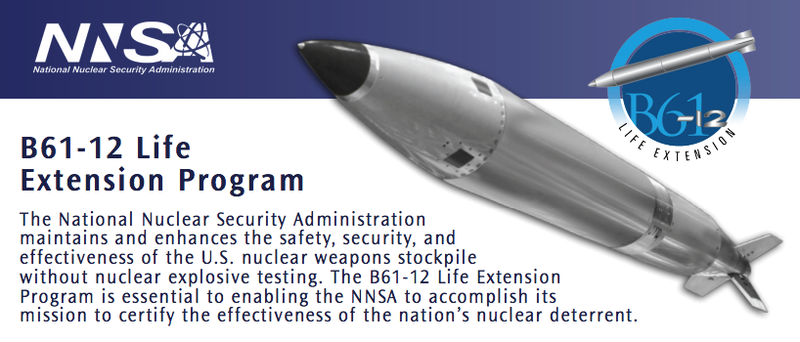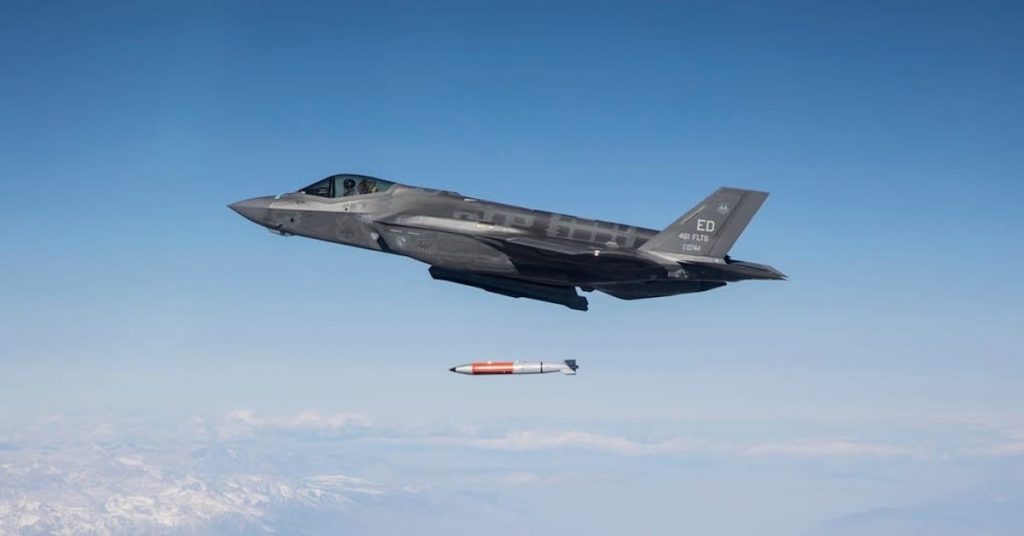The world we live in is turning into a ticking time bomb at a dizzying pace. The U.S has been at the helm of technological developments both for peacetime and war as well
U.S defense initiatives recently came together, and a US Air Force F-35A Lightning II dropped a dummy overhauled B61-12 nuclear bomb. It was the first such experiment to take place. And took place over Sandia National Laboratories’ Tonopah Test Range in Nevada on August 25.
The newly restored force’s mesmerizing display saw the 5th-generation fighter drop the bomb from an interior loading bay while soaring at supersonic speed. The F-35 has now remained at the heart of defense news worldwide as it comes to full deployment after two decades of being manufactured.
Already well reputed for its stealth, state of the art sensors, supersonic speed, and networkability make it a full-fledged command center. Besides, it is equally well equipped to deliver ordnance on target, the aircraft’s prime objective.
The recent flight test coupled the F-35 with a less discussed US weapons program, the refurbishment of the B61-12 air-launched gravity nuclear bomb.
Weighing at 825 lbs (374 kg) and with an explosive capability of between 0.3 and 50 kilotons, it is the latest addition in the B61 family of bombs put forth in 1968. Since then, it has flown on the B-2A bomber, F-15 and F-16 fighters, and the Panavia Tornado.
However, the US stock of these nuclear bombs is getting old, and Sandia has been tasked to ensure their service life extends by 20 years while making them safer and more dependable.
Sandia provides a non-nuclear component and acts as a technology integrator for the complete weapon to work on the desired platforms efficiently.
The life extension program includes 400 B61-12 bombs. It involves restoration of parts, replacing fuses and batteries that are suffering from old age, adjusting the bomb to the new aircraft, and general technical upgrades.

Sandia says mock refurbished B61-12s have already flown on an F-15E Strike Eagle fighter jet in March and a B-2 Spirit bomber in July. What differed in this test was that the aircraft was equipped with a nuclear weapon system, but it is the first time that such a bomb was carried in an interior loading bay on a fighter jet.
Normally, the bomb is carried on the outside, but the F-35 can carry the bomb or other weapons on the inside to maintain stealth and drop them while flying supersonic.

The flight demonstration was performed in partnership with the National Nuclear Security Administration, Los Alamos National Laboratory, and the US Air Force.
“This was the first test to exercise all systems, including mechanical, electrical, communication, and release between the B61-12 and the F-35A,” says Steven Samuels, a manager with Sandia’s B61-12 Systems Team.
“The latest test is a critical piece in the F-35A and B61-12 program Aboard the newest fighter, the B61-12 provides a strong piece of the overall nuclear deterrence strategy for our country and our allies.”
The video below shows the B-61-12/F35A flight test.


